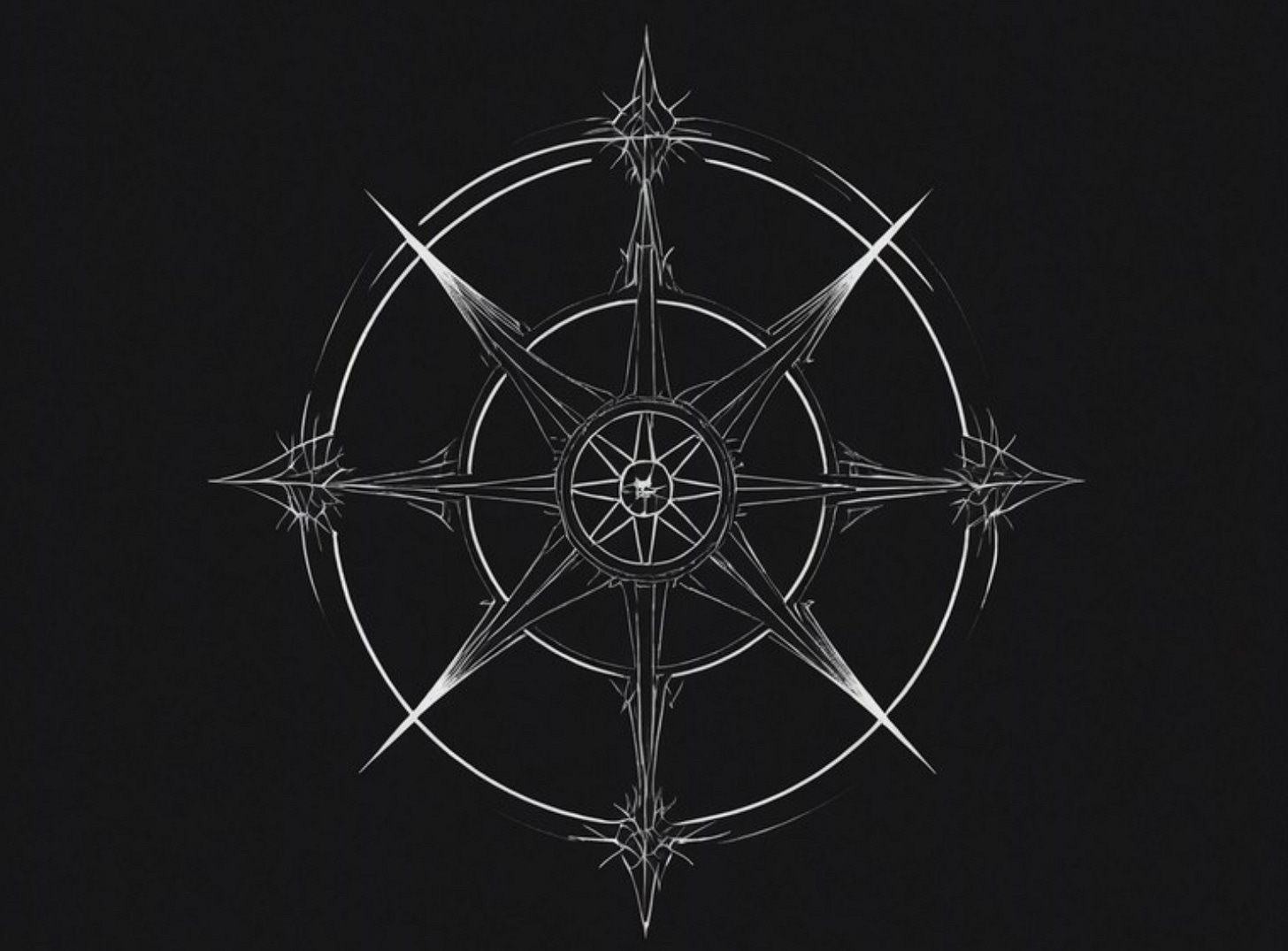Synchronising rituals: Aligning CJM with the OKR Lifecycle
One set of rituals to support two complimentary frameworks simplifies adoption and supports collaboration.
In Jeff Gothelf and Josh Seiden’s insightful book, ‘Who Does What by How Much’, they outline the OKR Cycle, a structured rhythm of activities designed to embed Objectives and Key Results (OKRs) into the fabric of organizational work. But what if this same lifecycle could be applied to Customer Journey Management (CJM)?
By aligning CJM with the OKR Cycle, organizations can create one cohesive set of rituals that integrates these two powerful frameworks. This approach ensures that improving customer journeys and achieving business outcomes work hand-in-hand through a shared rhythm of execution, learning, and iteration.
What Is the OKR Cycle?
The OKR Cycle is a process that governs how organizations set, track, and adjust their goals. It connects strategy to execution and embeds continuous learning to ensure teams remain focused, adaptable, and customer-centric.
Key Stages of the OKR Cycle
Organizational Strategy and OKRs
Leadership sets high-level strategy and OKRs annually, aligning them with the company’s mission and long-term goals.
Team OKRs
Teams define their own OKRs based on the organizational strategy and revisit them quarterly to adapt to new insights or changing conditions.
Execution
Teams work iteratively, testing, learning, and adapting to achieve their key results.
Learning
Integrated with execution, learning focuses on testing ideas and gaining insights into customer needs and behaviors.
Check-Ins
Regular meetings punctuate the cycle, providing opportunities to review progress, share learnings, and make adjustments.
Meetings & rituals in the OKR Cycle
Check-in meetings happen at different cadences for different stakeholders and levels. This can be adopted for your organisation, but here are some ritual descriptions that serve as a useful guide. I have added in how CJM artifacts can be integrated into these OKR meetings to align & streamline rituals across frameworks and bring additional context to the check ins.
Weekly Meetings
Purpose: Day-to-day updates and quick course corrections.
Format: Short, informal team discussions on progress and immediate priorities.
Focus: Maintaining momentum and addressing blockers.
How to integrate CJM: Bring insights from the Journey Atlas to meetings where challenges and blockers relate to customer experience, to bring reliable, up to date CX insights to the table.
Monthly Check-Ins
Purpose: Assess progress, share insights, and adjust tactics.
Format: Broader team meetings with stakeholders to evaluate results and learnings.
Focus: Transparency, accountability, and alignment.
How to integrate CJM: Walk teams through relevant Customer Journeys to build understanding and context of the customer experience and how this relates to OKRs.
Quarterly Check-Ins
Purpose: Strategic reassessment of OKRs.
Format: Formal reviews with leadership and cross-team input to refine or recommit to OKRs.
Focus: Course corrections and adapting to evolving priorities.
How to integrate CJM: Relate KR outcomes for the quarter to the experience and insights collected in the Journey Atlas. Use up to date customer journeys to ground CX understanding before setting OKRs for the coming quarter. Pre-work to generate insights that answer questions on OKRs is beneficial.
Annual Planning
Purpose: Define or refresh organizational strategy and OKRs.
Format: Leadership sessions to set priorities and align teams.
Focus: Establishing a shared vision and cascading it into team-level OKRs.
How to integrate CJM: Bring to life the success and challenges of business operations for leadership with customized journeys, storyboards and insights at different levels of the business. Pre-work to create compelling narratives and draw out relevant insights and research to support executive decision making is a great way to demonstrate the value of CJM to leadership.
Integrating CJM into the OKR Cycle
Aligning the OKR lifecycle to Customer Journey Management is brings together two frameworks in one set of rituals.
OKRs and the Journey Altas bring complimentary insights at weekly, monthly, quarterly and annual meetings to review outcomes. And embedding OKRs into the Journey Atlas provides a coherent language across teams, disciplines and levels of the organization.
When talking about OKRs I reference a book called ‘Who Does What By How Much’ By Jeff Gothelf and Josh Seiden. While there are several good books and articles on OKRs, for me, this book is the clearest, simplest and most practically useful I have read. A big thanks to Jeff and Josh for their excellent work.






